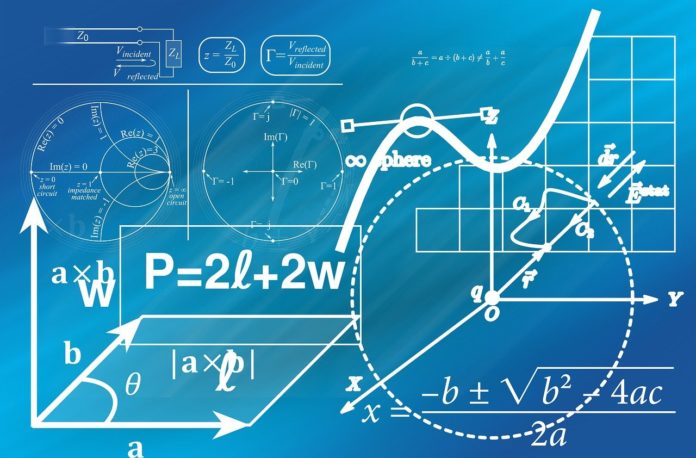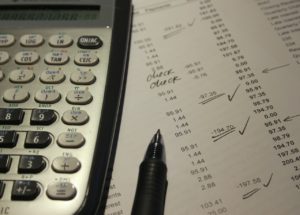
The variable is a constant in mathematics.
It can only assume a finite number of values, and these are all given by the set of real numbers that correspond to the possible outcomes when one or more dice are rolled.
The variable can be used to help solve problems in probability.
For example, if one throws a dice and the outcome is six.
Then this means that the number of possible outcomes are equal to \begin{align*}P = {(0), (\frac{11}{36})}, ~~(\frac{\tbinom{37}{36}}{\tbinom{38}{36}})\\&= \textbf{“14”}\end{align*}.
This set of numbers corresponds to the fact that there are 14 ways for one die to show up with two dots on it: 0-0, 0-\frac{11}{12}, etc.
This relationship between an event and its probability can be expressed in a formula called the multiplication rule:

If there is more than one event, then multiply their individual probabilities and add up all of them.
The result will always be less or equal to \begin{align*}P = ~~\textbf{\frac{(36)}{37}}\end{align*}.
If an event has two possible outcomes, such as coin tosses that could come up heads or tails, then we use the addition rule instead.
If both events are independent from each other (e.g., flipping two coins).
Then just find it by multiplying its probability for finding either outcome together on top of each other.
For example, heads multiplied with tails equals 0.




